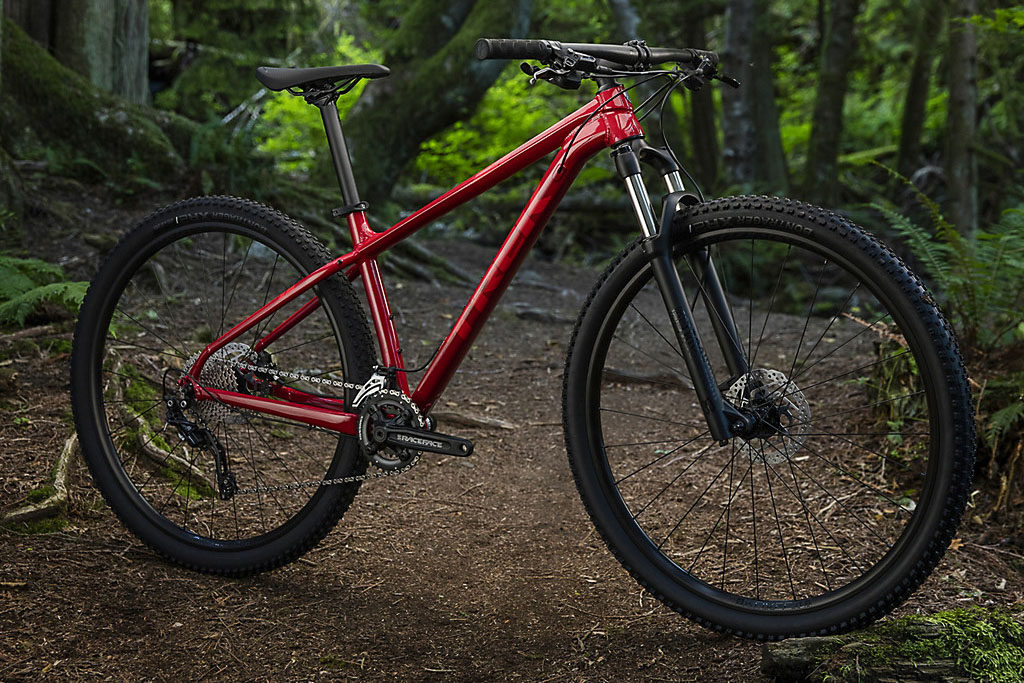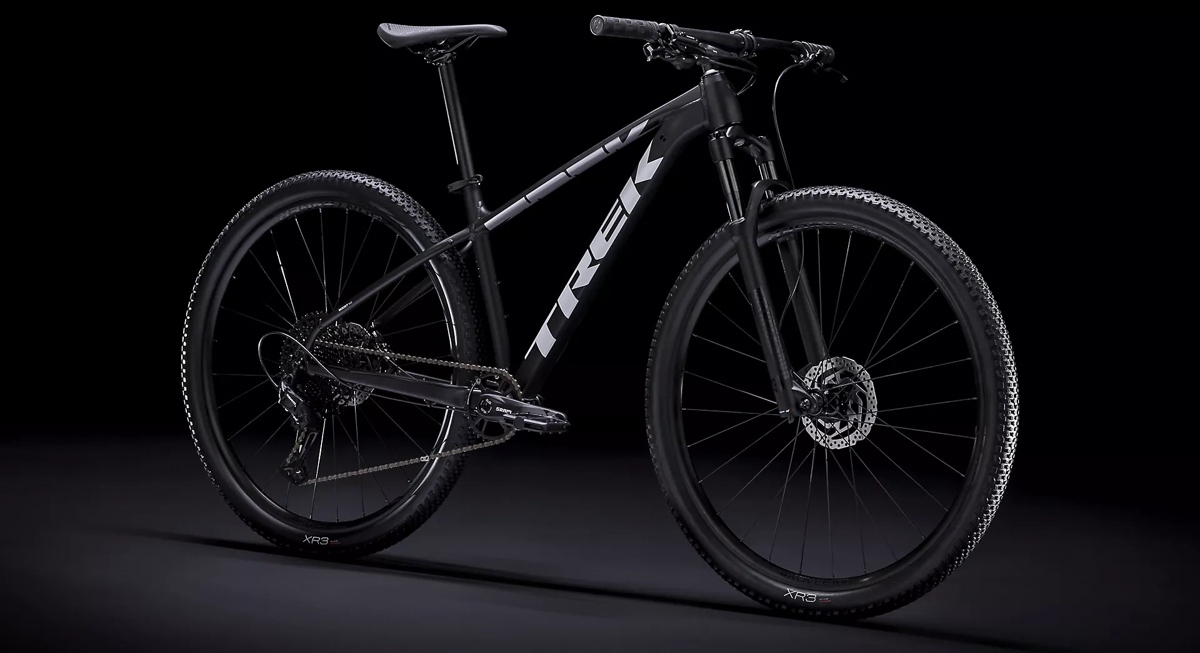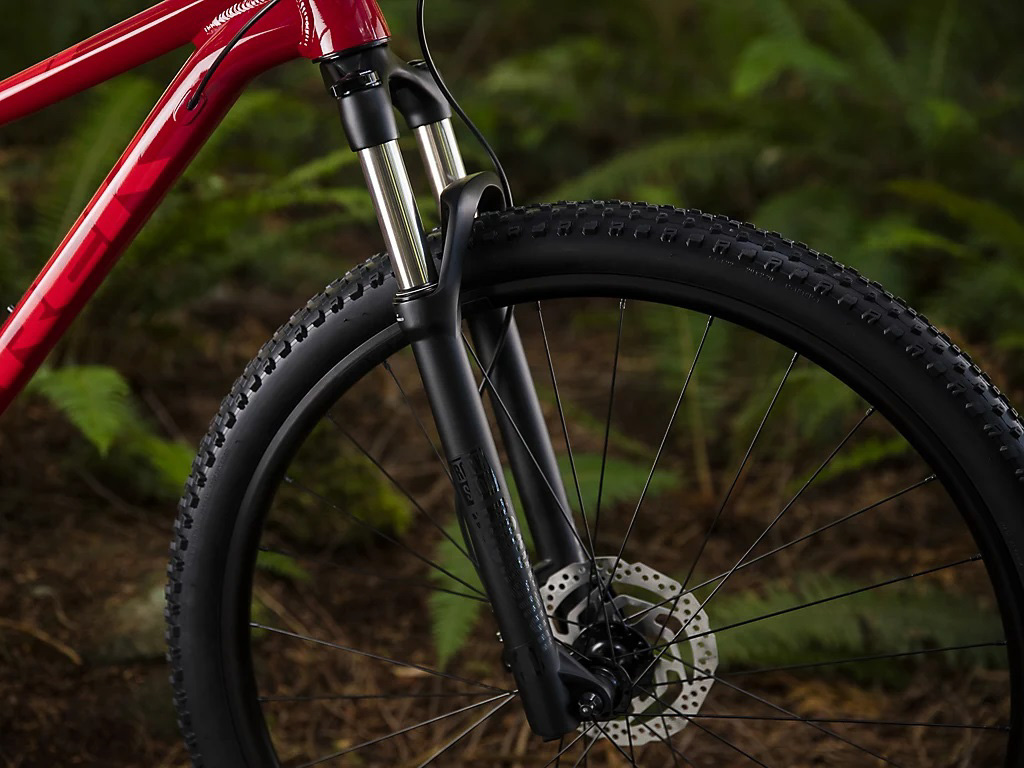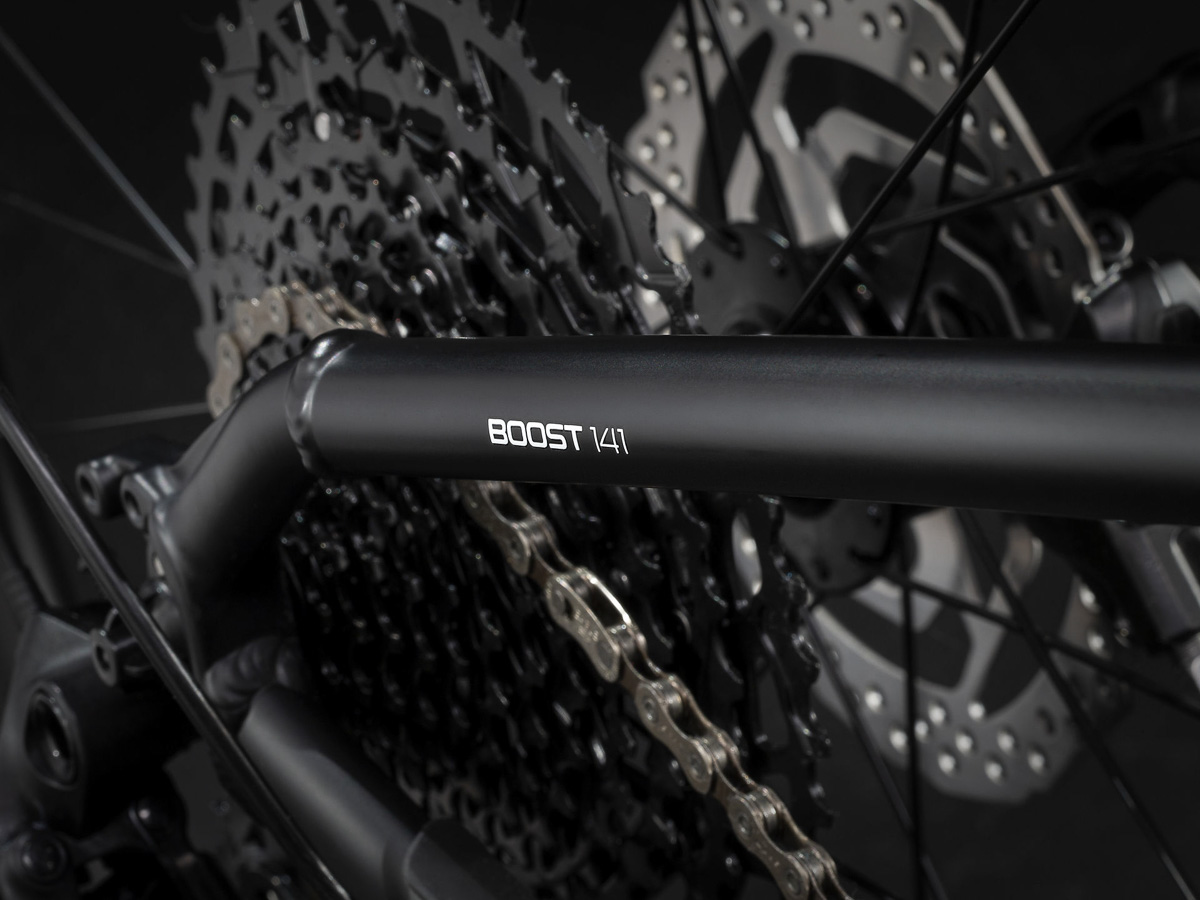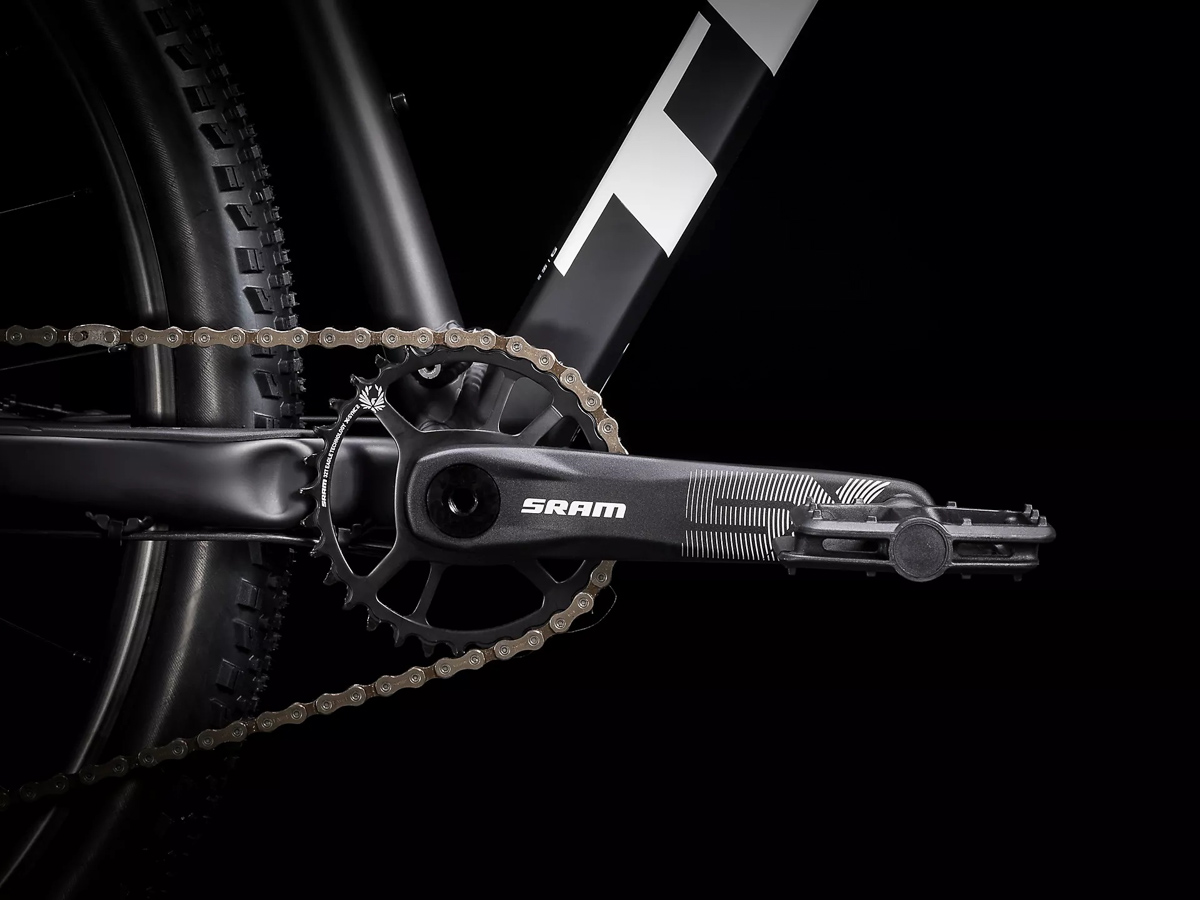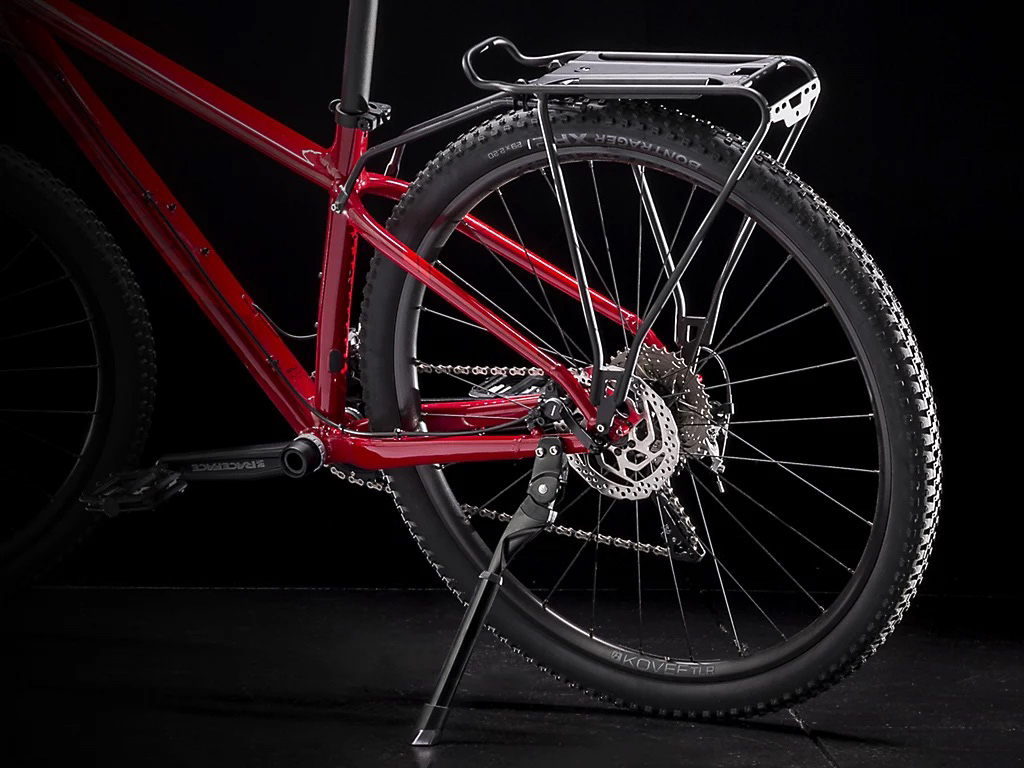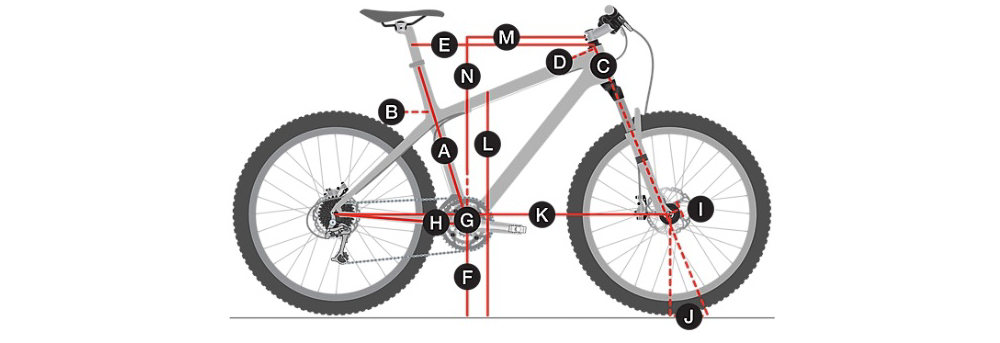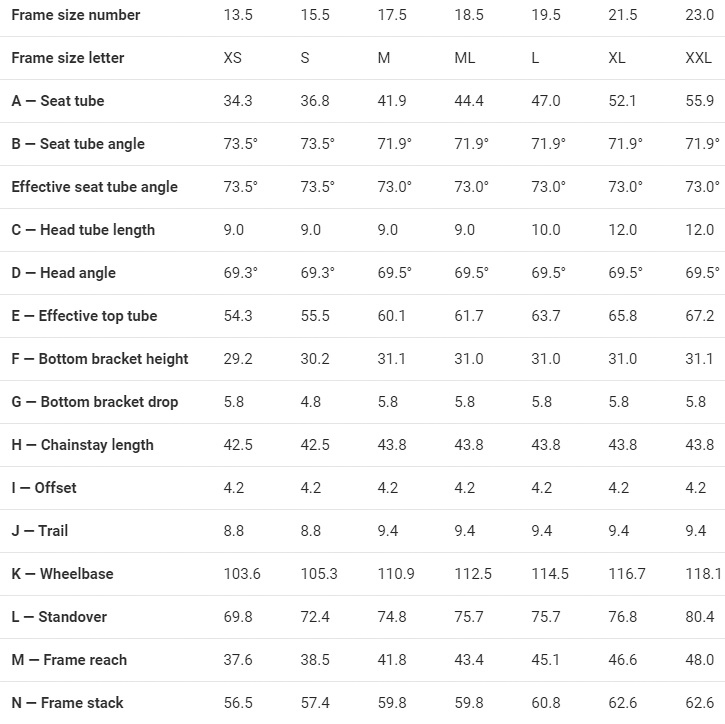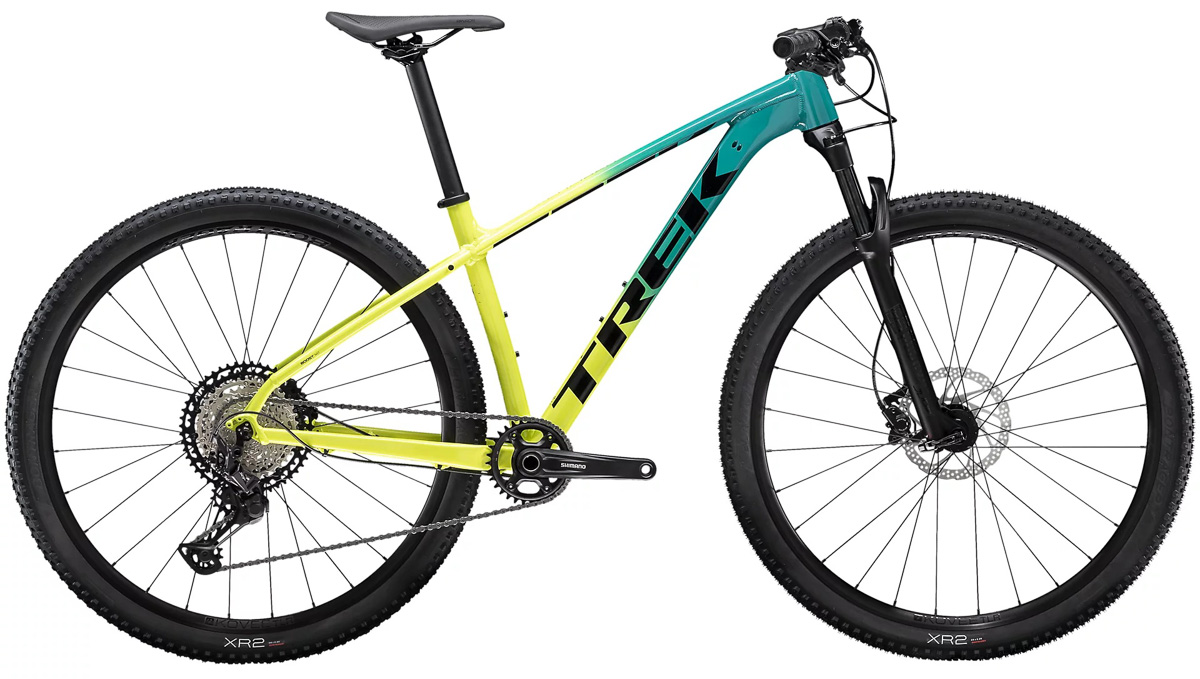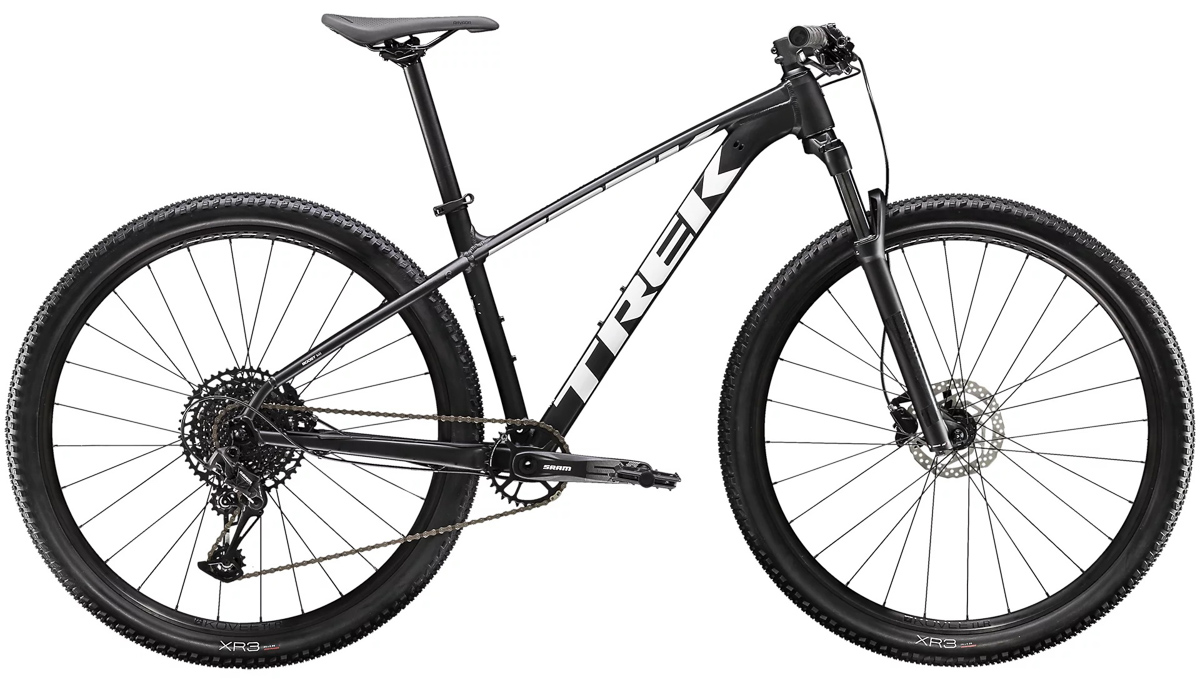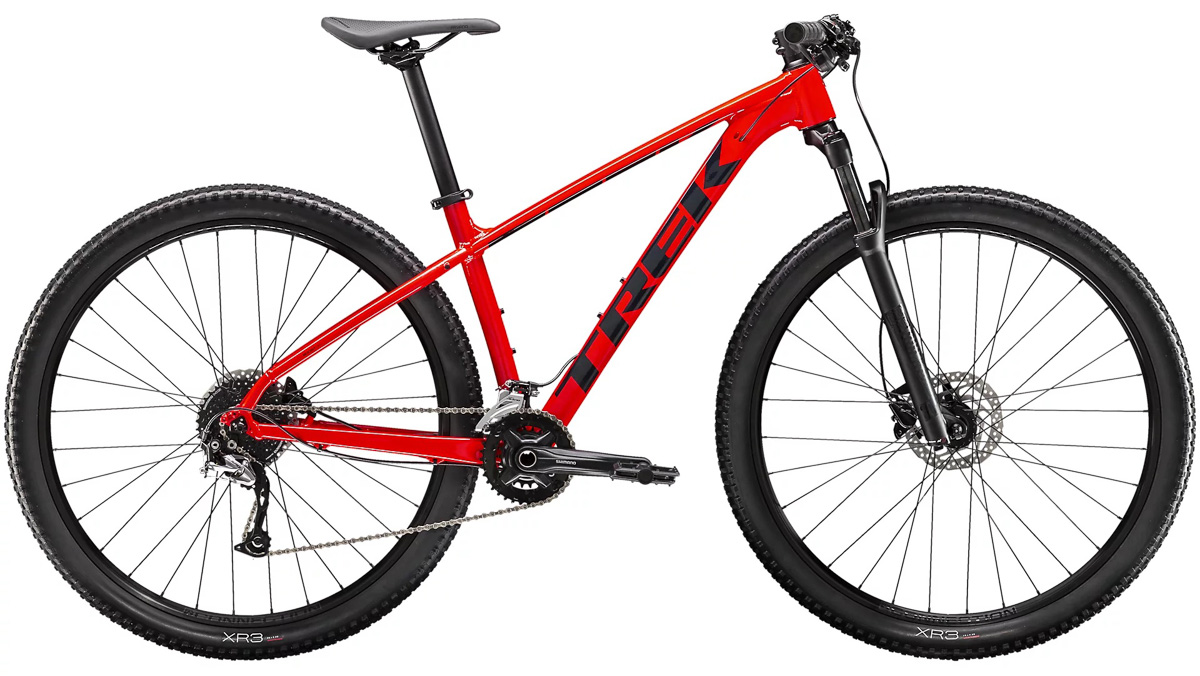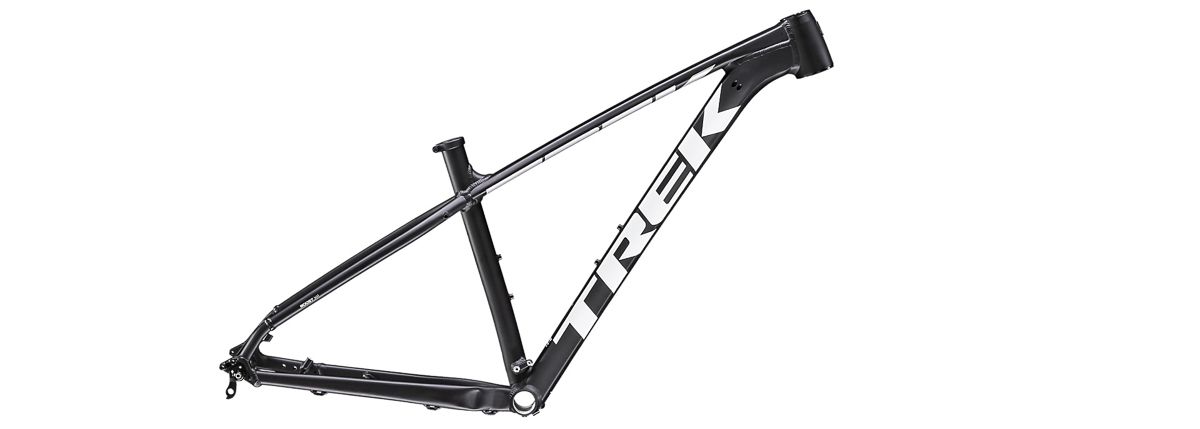Trek announced the new 2020 lineup for the aluminum X-Caliber hard tail mountain bike. With a multitude of spec levels and even a frameset option, it’s out to make you go fast without spending an arm and a leg. Key standards include a threaded 73mm bottom bracket shell, Boost 141 QR rear hub, and a 31.6mm seat post with provisions for internal dropper routing.
Trek X-Caliber aluminum hardtail mountain bike
While Trek has a huge variety of different full suspension designs, they remain committed to offering hardtail bikes for lower price points and die-hard enthusiasts. The new X-Caliber is an alloy-only model, meant to offer you legitimate XC performance without spending multiple thousands of dollars.
A 100mm travel fork provides comfort up front, with axle varying by model (either Boost 110 or 100mm QR).
Out back, Trek uses the new Boost 141 standard, which applies Boost spacing to a 10mm QR axle.
Drivetrain spec varies by model, with 1x used on the higher-end. Trek uses a threaded 73mm BB shell, rather than the Press Fit BB92 or T47 used on other bikes.
Keeping things practical, the X-Caliber offers compatibility with accessories such as kickstands and racks. Note that the 31.6mm (internal) seat tube has provisions for internal dropper post routing.
Seven sizes are offered for the X-Caliber, from XS to XXL. Note that it uses Trek’s Smart Wheel Size system, with 27.5″ wheels on XS and S frames, and 29″ wheels on all other sizes.
Models & Spec
The X-Caliber 9 (13.32 kg / 29.37 lbs, $1579.99) features a RockShox Judy Silver fork, Bontrager Kovee double wall rims, and a Shimano XT/SLX 1x drivetrain.
The X-Caliber 8 (13.44 kg / 29.63 lbs, $1199.99) features a RockShox 30 Silver fork, Bontrager Kovee double wall rims, and a SRAM SX Eagle 1x drivetrain.
The X-Caliber 7 (13.80 kg / 30.42 lbs, $1019.99) features a RockShox 30 Silver fork, Bontrager Connection double wall rims, and a Shimano Acera/Alivio 2×9 drivetrain.
Trek also offers an X-Caliber frame option (2.17 kg / 4.78 lbs) for $599.99. All options above are available now as 2020 models.
